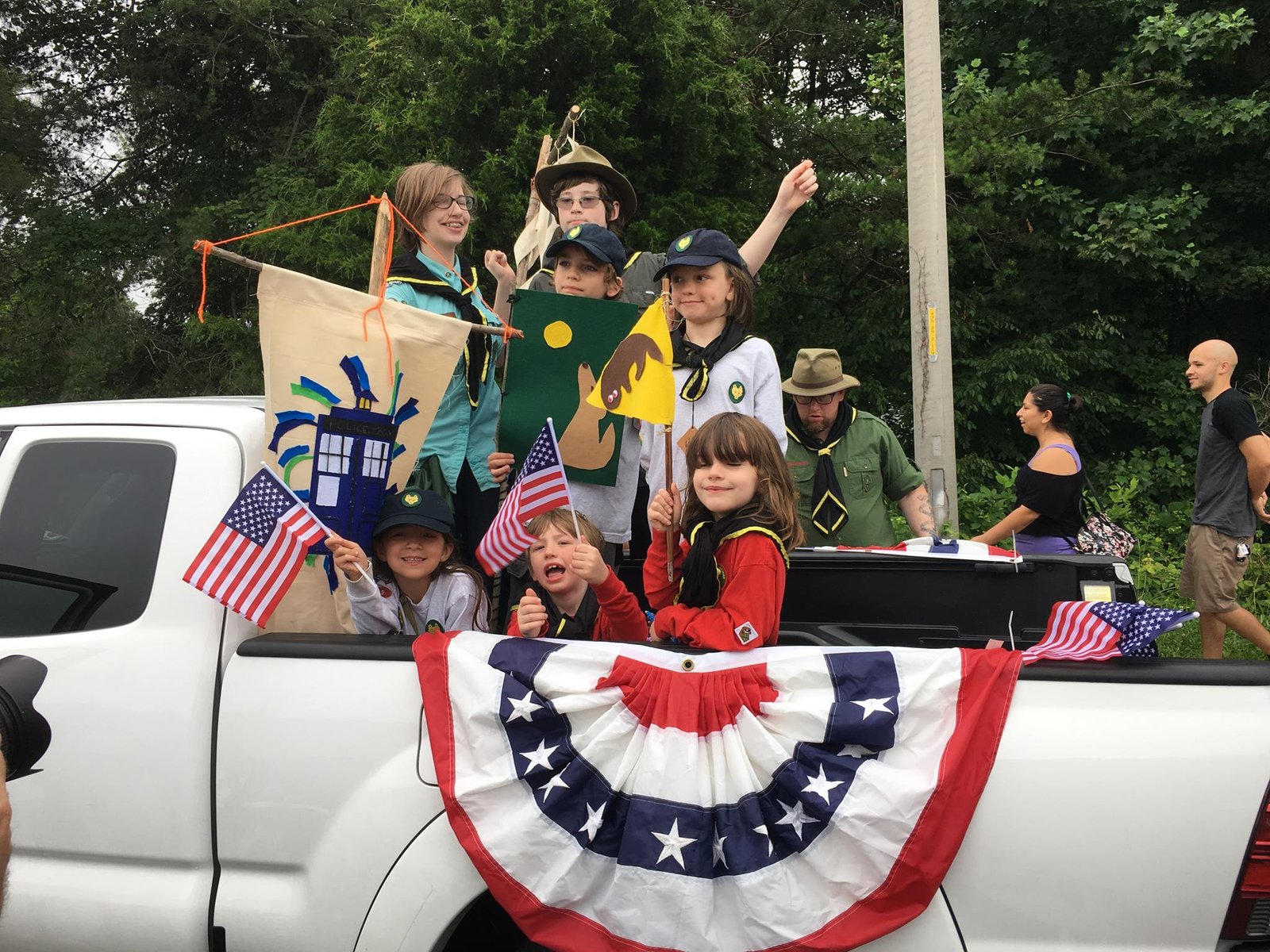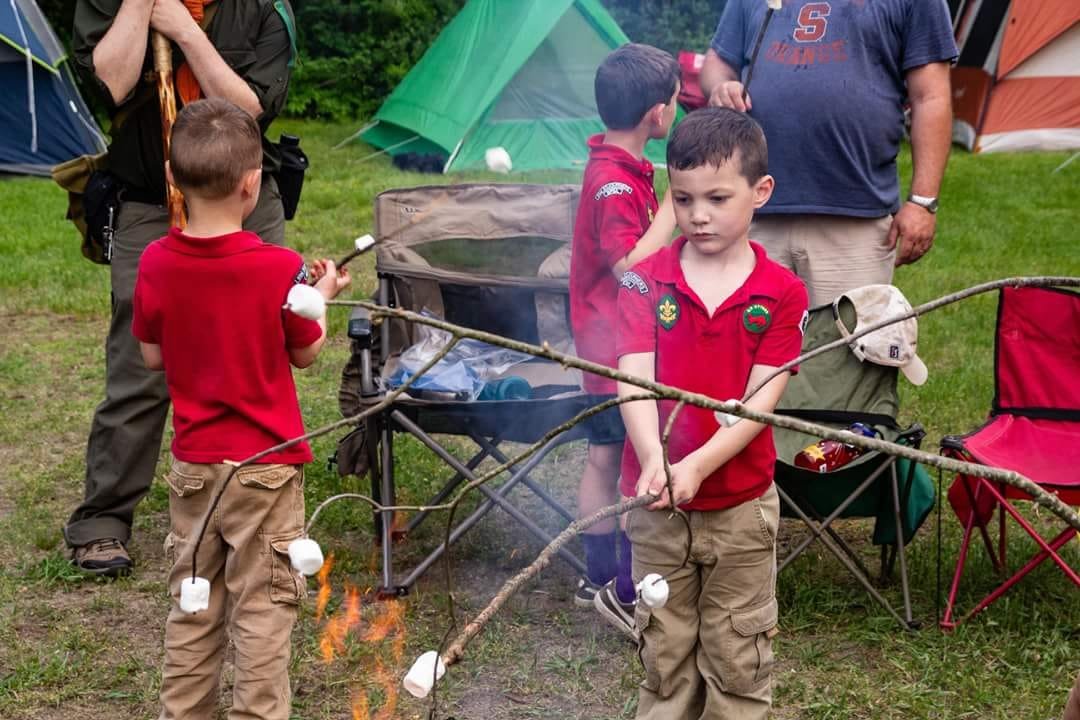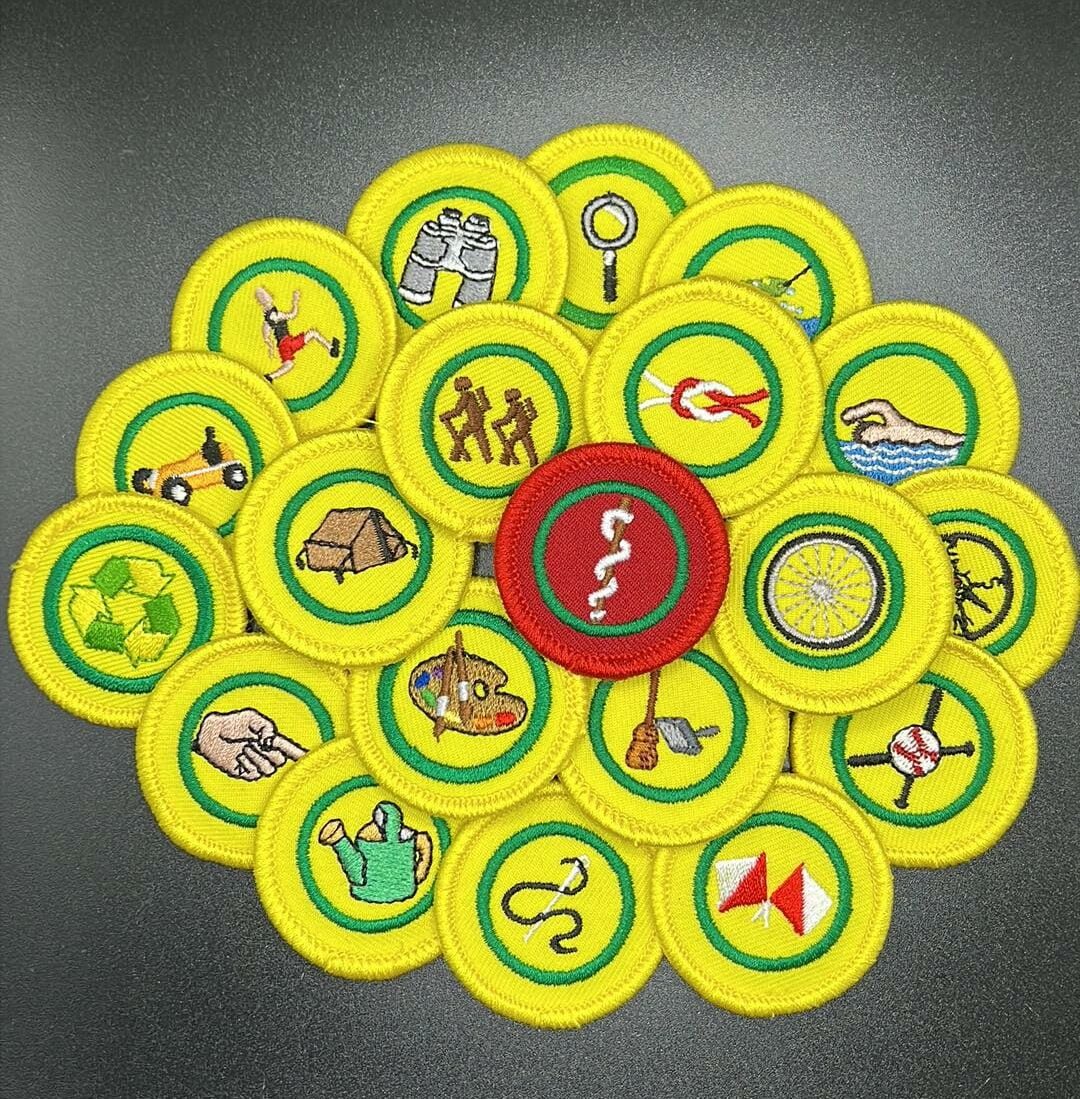How to be an Amazing OSG Leader!
Being a leader in Outdoor Service Guides is one of the most rewarding things I’ve ever done. However, it isn’t always easy. Today, I’m offering tips from long time leaders about how to have a successful group and be an amazing leader. This is advice for you, no matter which age level you work with.
Rule #1: Make it Fun
Yes, I am putting fun ahead of safety, all the scouting skills, and earning badges. If you don’t make it fun, no one is going to want to attend your meetings. Fun is an essential part to a successful program. I know of various programs that have failed because the leader focused too much on skills and not enough on making it fun. But what if that part of scouting doesn’t come naturally to you? How do you make it fun? Let me help.
Games
You can add a game to every meeting for every age level, as an easy way to keep things fun. There are lots of games to choose from and finding one that works for your group can take a little trail and error. But most kids love a good game of tag, and that works with no supplies other than a space to run around in!
Making a game out of the skills your guides need to learn for their badges is also a wonderful way to teach skills while engaging kids. You can make rope tying a game by having kids tie together smaller ropes to “rescue” a friend on a sled or a bucket of water. I know of a leader who put himself in a wagon and had his pathfinders use a staff, ropes and neckers to make a way to drag him across the parking lot in a wagon. It was utterly ridiculous, and the kids loved it!
Be Silly
Some adults choose a scouting specific name to use. It lets them become a different person at meetings and let go of the person they usually need to be at work or at home. Wether or not that works for you, you need to find your scouting persona, and that needs to be a person who others want to scout with. “A scout smiles and whistles” is part of the scout law, and trying to manifest some of that energy as a leader is important, too. Kids need encouragement and positive feedback to grow. Most kids who struggle at scouts are also struggling at school. They have enough people pushing them and complaining at them.
If you aren’t naturally silly and “fun” you need to work to figure out how you can stretch yourself for the sake of the kids. Maybe you are going to tell a dad joke at the end of every meeting. Or perhaps you can add some silly songs to your opening and closing. Or join in their games, and laughingly lose.
Be Flexible
Do your otters want some time on the playground near where you meet? Then bake into your meeting plan time for them to play. Do your timberwolves really want to eat hot dogs and not learn to cook more over the fire? Did a pathfinder show up for backpacking with a full sized keyboard in his arms that he plans to hike to and from camp? These are all things you can say YES to. Is every plan a youth guide proposes going to be a good one? No. But unless their request is actually dangerous or unreasonable, it is a good thing to try to say yes.
Give the otters 10 minutes to play, or plan to let them have free play time after your do your planned activities. It might be “better scouting” if your timberwolves made stew, but if hot dogs make them happy, it isn’t a horrible meal for them. And pathfinders are working on learning the consequences of their actions. Of note, he didn’t bring the keyboard for the next backpacking trip and instead traded it out for an ocarina. All of these things, make it more fun for the kids- which in turn makes them want to come back.
Make it Safe Enough
Yes, safe enough, not completely safe, because scouting is inherently unsafe. As Mike Rowe says “Safety third” because saying safety first isn’t reasonable. You need to make a good plan for each meeting or camping trip and after you make sure you have time for fun, games and scouting skills, that the plan has safety baked into it. Always provide 2 deep leadership. Always have a first aid kid close by. If you will be out of cell range, figure out ahead of time how you could deal with an emergency. Do you need to bring a satellite phone or radio?
All that said, kids don’t show up for scouting because they want one more place they are going to be bubble wrapped. They want to do dangerous things with us. They want to light fires, climb trees, hike in the woods and chop down trees. And none of those things can be 100% safe. If you run a group long enough there will probably be some minor injuries. However, if you teach kids how to be safe and careful while doing those things, you can keep those to a minimum and give them life long skills!
If you are going to try a new skill with your scouts, it is your responsibility to do some training and educate yourself before hand. YouTube is a great way to learn more about almost anything, before any event. That said, know when to call in an expert and let them lead. Part of scouting is learning about how to do things safely- such as wearing safety harnesses, life jackets and helmets when appropriate. Make sure your scouts have appropriate gear for every adventure- for their safety.
Socially Safe
One other aspect of safety you need to keep in mind, is creating a safe place for kids to be themselves. Kids are weird. But they are often expected to hide their true selves at school and other places they go. At OSG meetings, you can let them express themselves. When they show you a collection of something off the wall, praise it instead of criticizing it. I mean, owning 100 rubber ducks is pretty cool! As the leader, you set the tone of acceptance. So make sure your guides know they can share themselves without fear of being teased or made fun of. This includes their clothes and hair as well as respecting their pronouns.
Badges, Badges Badges
In truth, kids want to earn badges. It is what every TV show, movie or other piece of media they have seen says you get while scouting. So, make sure they do earn some. Learn the age level you are leading and make a plan for accomplishing a few badges this year. If you aren’t sure how to do this, find a mentor and ask how they worked through a badge at this level. There are also pages here on G4G to help you with chipmunks, otters, timberwolves, and pathfinders.
That said, not every meeting needs to focus on badge work and just because you start a badge it doesn’t mean you have to finish it. There is nothing wrong with going kayaking just once and not doing the whole kayaking badges with your pathfinders. If they had a good time, but don’t want to finish a badge, it was still a great learning experience. Otters and timberwolves can also have fun with boating, even though we don’t offer a badge for them in that.
You can take pathfinders to try archery and not do it enough to earn the badge if they loose interest. One thing that scouting should always do is introduce kids to new skills and let them try things out. If something becomes a passion, hopefully they will complete the badge in it. But always remember that badges are not the end all be all of the program.



